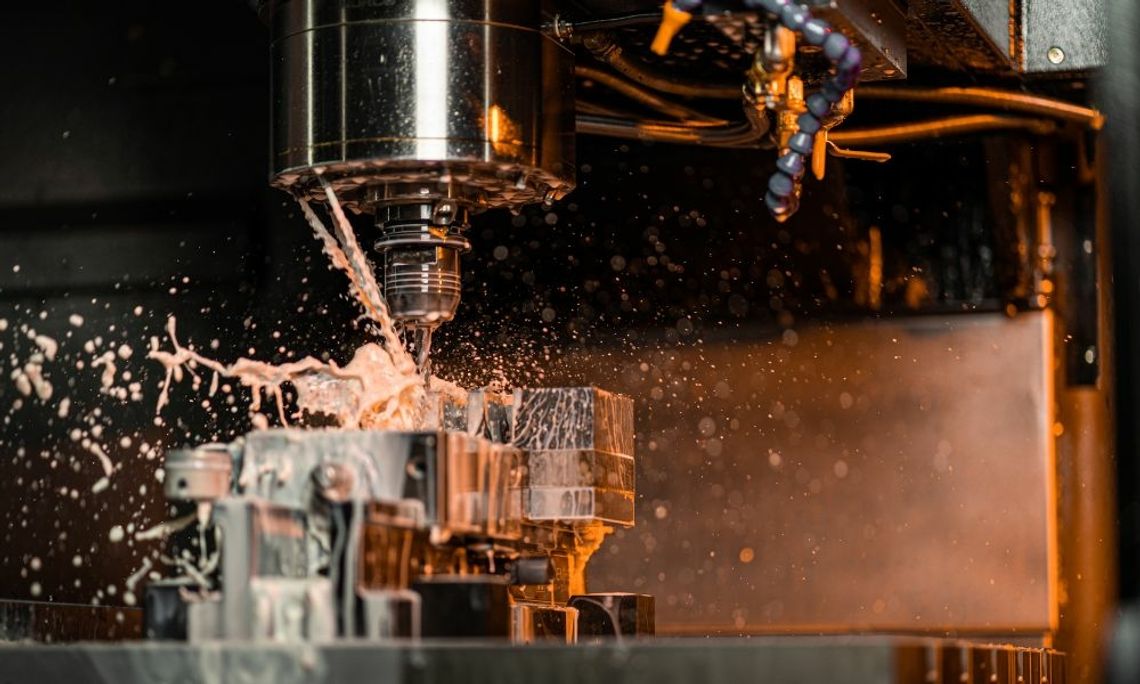Metal cutting involves the removal of excess metal materials from a workpiece. This process generates high temperatures and friction, which can cause wear and tear on the cutting tools and damage the workpiece. To counter these challenges, metalworkers use cutting fluids to cool the cutting tool and lubricate the cutting zone. Cutting fluids also help improve tool life and ensure consistent results. Read on to learn more about the importance of using metal cutting fluids.
Lubrication and Chip Removal
Metal cutting fluids act as lubricants that help reduce friction between the cutting tool and the metal workpiece. This prevents the metal from overheating, warping, or cracking.
The right fluids also help break down and wash away the chips and other debris that build up when you cut through metal. Metal chips can lead to poor cutting performance and shorter tool life, but metal cutting fluid prevents chip buildup and improves the accuracy of your cut, making the entire process safer, more efficient, and more cost-effective.
Improved Tool Life
One of the best ways to maximize tool life is to use the right lubricants, coolants, and other cutting fluids. Without lubricant, your metal workpiece will produce a lot of heat that can wear down the cutting edge. Metal cutting fluids help reduce heat and, therefore, reduce wear and tear on the cutting tool. This is a great way to extend the lifespan of your tools and ensure your equipment stays pristine and effective.
Better Surface Finish
Another benefit of using metal cutting fluids is that they contribute to a better surface finish. This aspect is essential, especially when working on metal surfaces that will be visible after the cutting process. The fluid also helps to prevent burrs, creating a cleaner edge. Additionally, the lubrication provided by the fluid reduces surface damage that can lead to rough edges. This ensures a smooth and fine finish that meets the required specifications, improves functionality, and enhances the aesthetic value of the product.


Comment
Comments